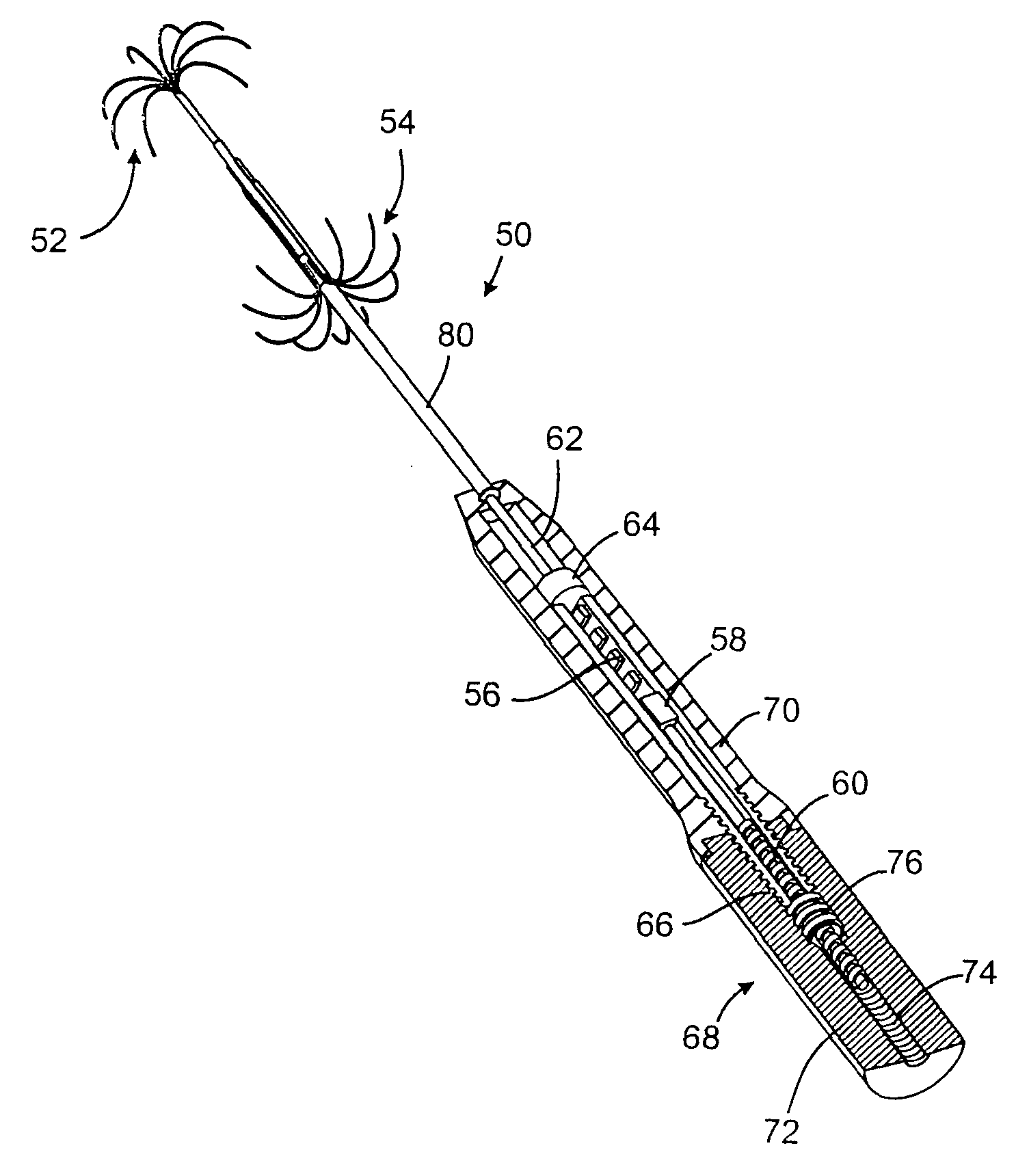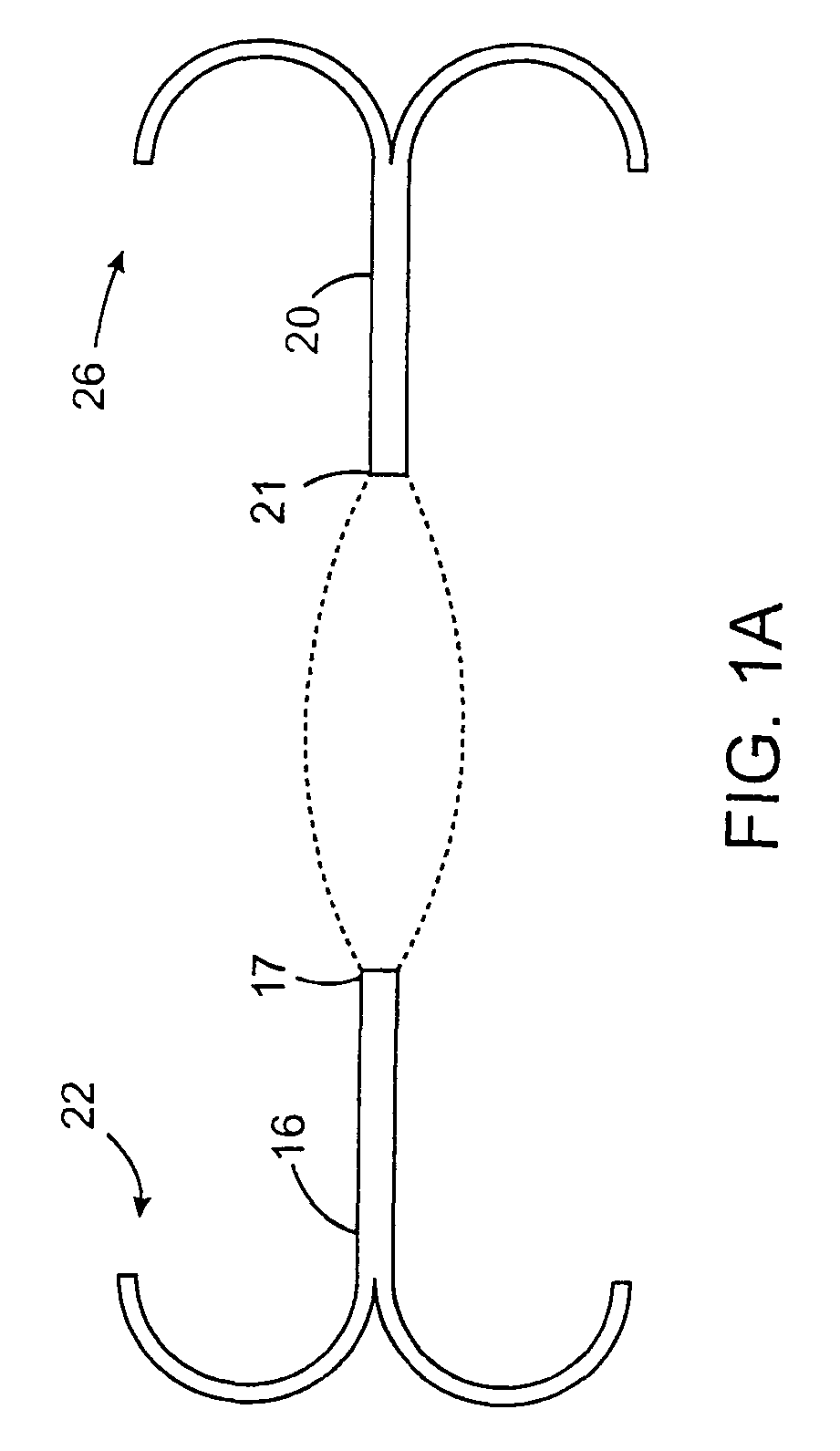Methods and systems for focused bipolar tissue ablation
a bipolar tissue and ablation technology, applied in the field of electrosurgical systems, can solve the problems of reducing the non-uniformities created by differential cooling and the general less desirable effect of monopolar operation
- Summary
- Abstract
- Description
- Claims
- Application Information
AI Technical Summary
Benefits of technology
Problems solved by technology
Method used
Image
Examples
Embodiment Construction
[0048] The present invention is intended to position electrode arrays, particularly bipolar arrays, relative to treatment regions within solid tissue of a patient. The treatment regions may be located anywhere in the body where hyperthermic exposure may be beneficial. Most commonly, the treatment region will comprise a solid tumor within an organ of the body, such as the liver, lung, kidney, pancreas, breast, prostate (not accessed via the urethra), uterus, and the like. The volume to be treated will depend on the size of the tumor or other lesion, but the present invention is particularly suitable for treating large treatment regions having the volumes and geometries set forth above. The peripheral dimensions of the treatment region may be regular, e.g., spherical or ellipsoidal, but will more usually be somewhat irregular. The lesion created to enclose the target tissue region utilizing this invention will usually be cylindrical or a truncated conical volume, as described in more ...
PUM
 Login to View More
Login to View More Abstract
Description
Claims
Application Information
 Login to View More
Login to View More - R&D
- Intellectual Property
- Life Sciences
- Materials
- Tech Scout
- Unparalleled Data Quality
- Higher Quality Content
- 60% Fewer Hallucinations
Browse by: Latest US Patents, China's latest patents, Technical Efficacy Thesaurus, Application Domain, Technology Topic, Popular Technical Reports.
© 2025 PatSnap. All rights reserved.Legal|Privacy policy|Modern Slavery Act Transparency Statement|Sitemap|About US| Contact US: help@patsnap.com



